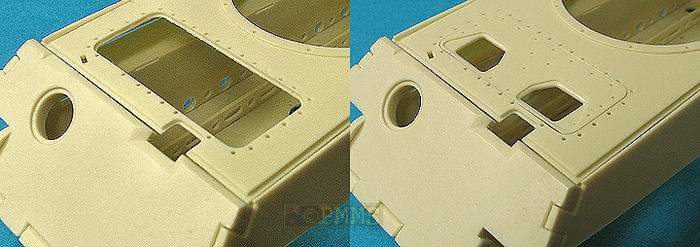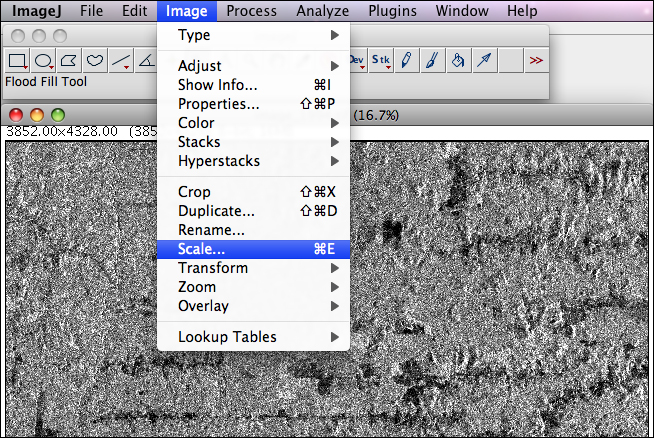
Other people in the room may need the lights on and this is acceptable. If you need to keep the sample dark, put the Evos supplied box over the sample or put black cloth or cardboard over sample. One of the selling points of the Evos is the ability to use in a fully lighted room. Images from thicker bottom dishes may look ok at 10X and 4X, but lenses really designed for #1.5 coverslips. Instrument calibrated for samples that have coverslips on them. Want to read the whole manual? Here it is. environmental chamber with heat and CO2 control for extended live imaging.By request: YFP and near infra-red (Cy5).Standard fluorescence: violet/blue, green, red.It may be used for live imaging and for fixed samples.

It can tile large areas, has Z series, and may repeatably image multiple positions. It can be used for chromogenic histology. The lenses are not the best, but it is designed to be easy to use and give decent images with minimal microscopy expertise. The primary purpose of this microscope is screening cells in dishes. This microscope is for widefield fluorescence, simple brightfield, and phase contrast. Additional timelapse Instructions click here

Must use Safari, Chrome, or Firefox not Explorer Enter 25.4 for the Known Distance, km for the Units of Length, and click OK.Signup to use microscope. To select the distance between the two islands. This slice is labeled 2/2 in the image window status bar.
#Adding scale bar in imagej download
If you downloaded this image in the Getting to Know Measuring in ImageJ section, you won't need to download it again.

Download the image below by right-clicking (Win) or control-clicking (Mac) on the link and saving the linked file to your Week 2 directory or folder.You're going to use a pair of high resolution Landsat images one taken in May 2000 and the other in May 2004 to measure changes in the surface area of the lake. To get a real sense of how the water level of Lake Mead has changed in recent years, and what this means in terms of the volume of water lost, we need to view the lake from two different perspectives from above to get a sense of the change in surface area, and from the ground to measure the change in elevation (depth). As of January 2010, the lake was at only 44% of capacity. As the water level drops, the volume of the lake decreases dramatically.

Lakes are 3-dimensional features kind of like upside-down mountains.


 0 kommentar(er)
0 kommentar(er)
